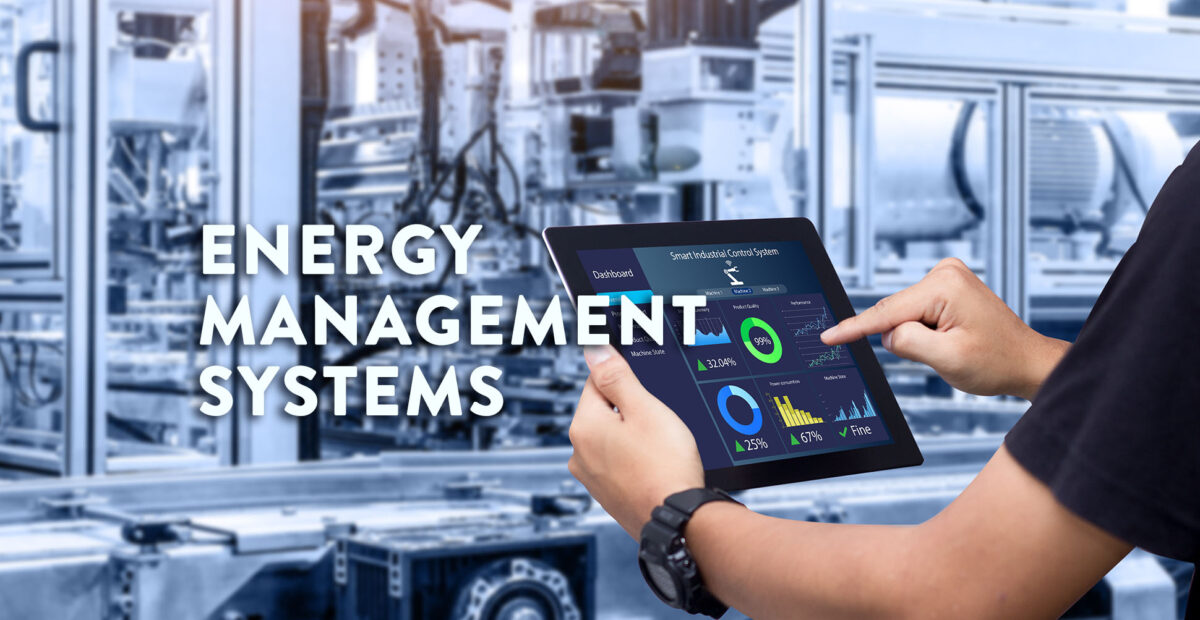Energy Management Systems – The Electricity Bill

Many sites simply get the energy bill from the supplier and pay this some days later by direct transfer from their bank. The bill is not examined for accuracy or for potential areas to reduce costs and sometimes the production people don’t even see a copy of the bill – even though they are responsible for using most of the energy. Can you think of a better way to waste money?
Sites need to understand the essential information that the energy bill contains. This is real money that we are spending here.
Bills will have a combination of variable charges (for the actual kWh used and sometimes for reactive power used) and fixed charges (for meters, available capacity).
Action:
- Always examine the bill. Billing errors are not uncommon!
- Find out if the supplier can provide interval data (1/2 or 1/4 hourly data) in a spreadsheet. Get this and learn how to analyze this for patterns over time, especially when no production is taking place.
- Manually read the meters each month or get the data from the supplier.
- Set up an internal spreadsheet to check all charges on the bill (fixed and variable) and use this to calculate the bill from the meter readings or from the supplier data.
- Look at the fixed charges for possible cost reductions (Maximum Demand reduction is a quick win).
- Look for improvements in the Power Factor (PF) to reduce reactive power charges (if applied).
Dr. Robin Kent is the author of ‘Energy Management in Plastics Processing’, published by Elsevier and Managing Director of Tangram Technology Ltd. (www.tangram.co.uk ), consulting engineers for energy and sustainability management in plastics processing.
Also read:
